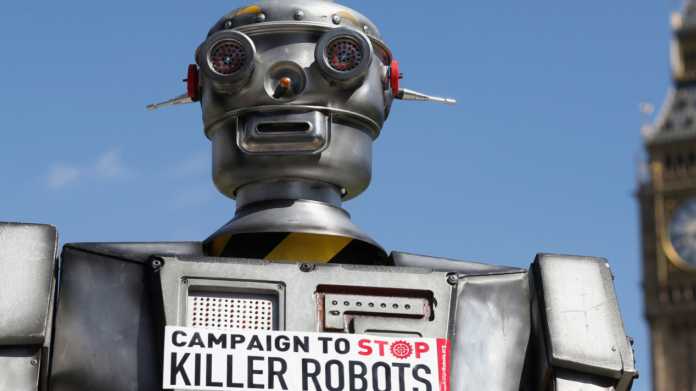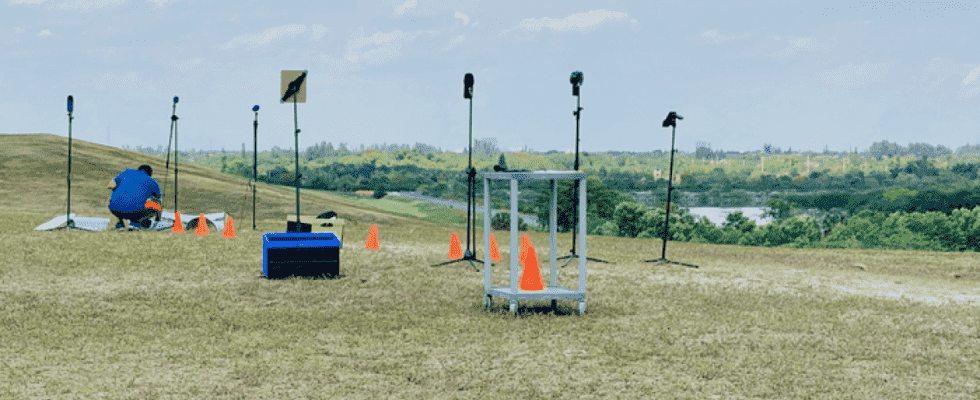Unfortunately, shootings are not uncommon in many cities around the world – they are now called Copenhagen, London or Chicago. In addition, there is the increasing risk of mass killings by firearms. In the United States of America alone, there were almost 300 so-called mass shooting events this year, which resulted in at least three or four deaths – often many more.
According to security experts, it is no longer enough for the police to patrol such areas of violence. Instead, technical measures are increasingly being taken to detect shootings early so that law enforcement officers can react. Acoustic shot detection systems have therefore been used for several years in particularly affected areas of the USA.
Binding of resources
The problem: their reliability has so far left a lot to be desired. In addition, there are high prices – both for the installation and the follow-up costs. If the systems do not work correctly, resources may be tied up unnecessarily and police officers are no longer in the right place at the right time. A group of researchers at Florida Atlantic University (FAU) has therefore now developed a cost-effective detection system for acts of violence that is said to be significantly more accurate and also cheaper. This also works purely acoustically and should be privacy-friendly.
The team at the College of Engineering and Computer Science focused specifically on the failure rate of existing devices. They already recognize a burst plastic bag as a shot. A new classification algorithm based on a convolutional neural network (ConvNet) allows the accuracy to be assessed – and it showed how often the technology is currently wrong.
75 percent miss
As part of an experimental study, numerous sounds that were harmless were initially collected – such as the aforementioned exploding bags in different sizes, distances from the microphone and different lengths. It was found that current systems, which the researchers simulated using a popular data set of urban sounds that contained gunshots, rate up to 75 percent of the harmless noises as violence. Worse still: better trained algorithms were also wrong.
It is “very difficult” for a classification model to distinguish shot-like sounds from real sounds. The solution is to collect more data and use it to improve training. The researchers therefore want to pass on their models. However, it may not be enough to rely on the sound alone, because the computer may be dealing with sound components that are completely irrelevant. People, on the other hand, rely on their experience – and more than just hearing.


(bsc)

